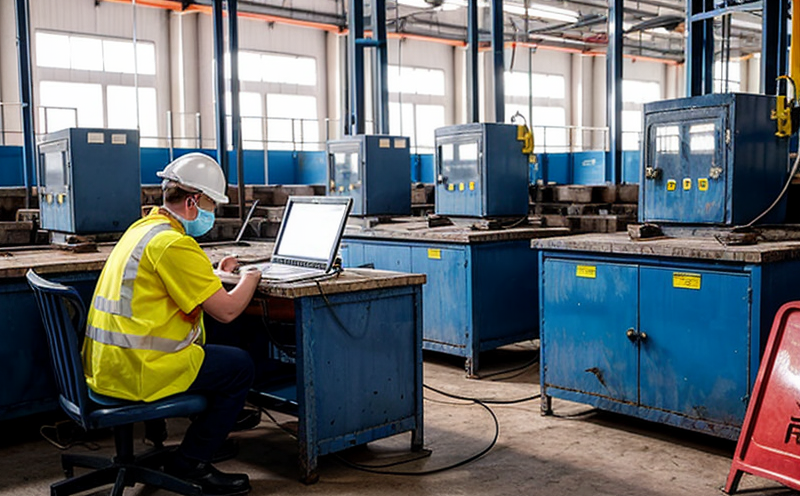ISO 11690 Acoustic Environment Testing in Workplaces
The ISO 11690 standard provides a framework for assessing the acoustic environment within workplaces, ensuring that noise levels are kept at safe and comfortable levels. This is crucial for maintaining worker health, productivity, and overall well-being. In industrial manufacturing and processing environments, excessive noise can lead to hearing loss, stress, and decreased work efficiency. By adhering to ISO 11690 standards, manufacturers can create safer working conditions while also complying with international labor laws.
Our laboratory offers comprehensive acoustic environment testing services that meet the requirements of ISO 11690. Our team of experts uses state-of-the-art equipment and follows strict protocols to ensure accurate and reliable results. Whether you need a single measurement or ongoing monitoring, our services are tailored to your specific needs.
The first step in any acoustic environment test is the preparation of the workplace for testing. This involves ensuring that all equipment is functioning correctly and that the area being tested is free from obstructions that could interfere with sound measurements. Once the site is ready, we conduct a series of tests to measure noise levels at various points within the facility.
Our laboratory uses high-precision sound level meters (SLMs) capable of measuring sound pressure levels in decibels (dB). These instruments are essential for accurately capturing the ambient noise conditions throughout the workplace. The SLMs can also record time-weighted average noise exposures, which is particularly useful for assessing prolonged exposure to noisy environments.
In addition to ambient noise measurements, our laboratory performs additional tests such as octave band sound level analysis and impulse sound testing. Octave band analysis helps identify specific frequency bands where noise might be problematic, while impulse sound tests are important for detecting transient noises that occur infrequently but can still pose risks to workers.
After completing the acoustic environment tests, our team provides detailed reports summarizing all findings. These reports include recommendations on how to improve workplace acoustics based on the test results. For instance, if high noise levels are detected in certain areas of a factory floor, we recommend installing sound-absorbing materials or implementing engineering controls like enclosures around noisy machinery.
Our services extend beyond just testing; they encompass comprehensive consultation and advice aimed at enhancing workplace safety and comfort through better acoustic management. Our team works closely with clients to understand their unique challenges and objectives before designing a customized testing plan that addresses these issues effectively.
Applied Standards
| Standard | Description |
|---|---|
| ISO 11690:2013 | International standard for the measurement and evaluation of noise in work environments. |
Eurolab Advantages
- State-of-the-art equipment ensuring precise measurements.
- Experienced and certified technicians providing accurate results.
- Comprehensive consultation services to enhance workplace safety.
- Fast turnaround times for reports and recommendations.
- Cost-effective solutions without compromising quality.
Environmental and Sustainability Contributions
- Avoidance of hearing damage among workers reducing absenteeism and healthcare costs.
- Promotion of a healthier work environment contributing to improved productivity.
- Compliance with international labor laws promoting fair working conditions globally.
- Reduction in energy consumption through optimized use of machinery.





